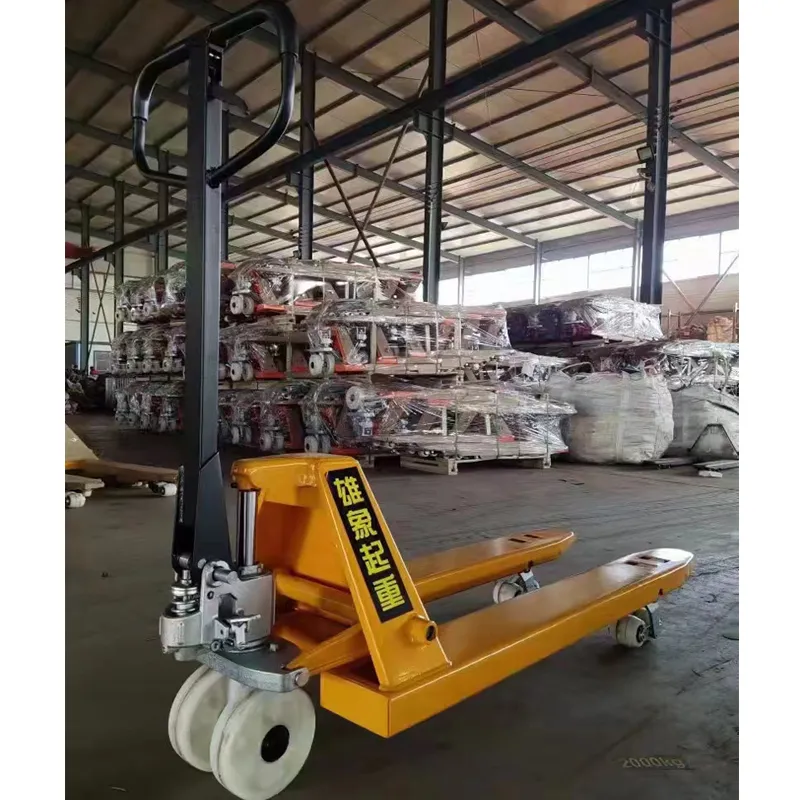


Understanding Small Electric Cable Hoists
In the realm of construction, manufacturing, and various industrial applications, small electric cable hoists have emerged as vital tools for enhancing efficiency and safety. These compact lifting devices are designed to handle lighter loads, making them ideal for small workshops, home renovations, and even theatrical productions. This article delves into the functionality, advantages, and considerations of using small electric cable hoists.
What is a Small Electric Cable Hoist?
A small electric cable hoist typically consists of a motor, a drum for winding the cable, a power source, and various safety features. The motor drives the cable that is wound around the drum, allowing the hoist to lift and lower objects with precision. The pulling capacity of small electric cable hoists generally ranges from a few hundred pounds to several tons, depending on the model. Their compact size and lightweight design make them easy to install and operate, even in confined spaces.
Functionality
The operation of a small electric cable hoist is straightforward. Once it is securely mounted to a beam, ceiling, or other supporting structure, the user simply connects the load to the hook or trolley at the end of the cable. The integrated motor is activated, either by a handheld remote control or a wall-mounted switch, and the hoist lifts the load vertically. Many models also feature a limit switch that stops the motor when the load reaches a predetermined height, enhancing safety.
Advantages
1. Efficiency Manual lifting can be labor-intensive and time-consuming, especially for heavier items. Electric cable hoists significantly reduce the effort required to move loads, allowing workers to focus on other tasks.
2. Safety Lifting heavy loads manually comes with risks of injury. Small electric cable hoists minimize this risk by providing mechanical assistance, ensuring safer operation for workers.
3. Precision Electric hoists offer precise control over lifting and lowering, making it easier to place items accurately, which is crucial in applications such as maintenance, assembly, or set design in theaters.
4. Versatility These hoists can be used in various settings, from construction sites to garages. Their adaptability makes them suitable for lifting engines, HVAC units, materials, or even furniture.

5. Cost-Effective Compared to larger cranes or more complex lifting systems, small electric cable hoists are more affordable options for smaller tasks, providing great value for their operational capabilities.
Considerations for Selection
When choosing a small electric cable hoist, several factors should be considered
- Load Capacity Assess the maximum weight you will be lifting to select a hoist that can handle the loads safely.
- Lift Height Determine how high you need to lift objects and ensure the hoist can accommodate that height.
- Power Source Most electric hoists operate on standard household power, but some may require higher voltage circuits. Check the power requirements before purchase.
- Ease of Use Look for models that offer user-friendly controls and installation features. Remote controls can enhance operational convenience.
- Safety Features Ensure the hoist is equipped with safety features such as overload protection, emergency stop buttons, and limit switches.
Conclusion
In conclusion, small electric cable hoists are invaluable tools that provide efficient, safe, and precise lifting solutions across various industries. Their versatility makes them suitable for a wide range of applications from construction to home improvement. By understanding their functionality and advantages, users can make informed decisions when selecting the right hoist for their needs, leading to enhanced productivity and safety in material handling tasks. Whether for professional use or DIY projects, investing in a small electric cable hoist can be a game-changer for efficient lifting solutions.



